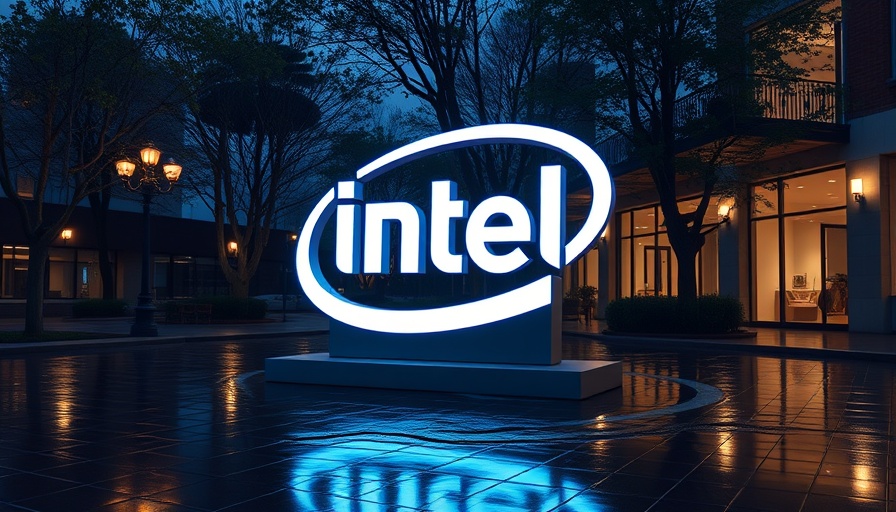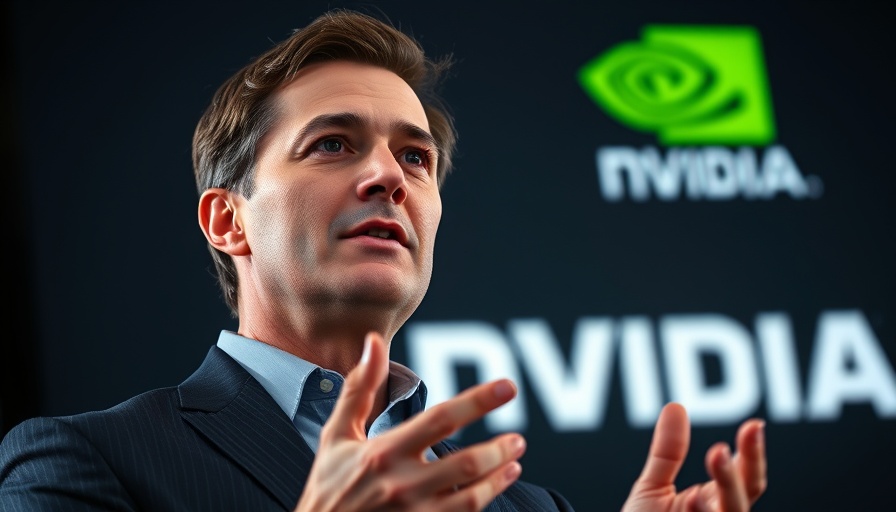
Is Google’s AI Energy Use More Significant Than It Seems?
It’s a curious fact that the energy consumption from a typical query on Google’s Gemini AI app seems negligible at first glance. The company reports that each query uses about 0.24 watt-hours of electricity—comparable to running a microwave for just one second. However, while this figure might initially suggest that AI's energy footprint is manageable, it is crucial to delve deeper. Aggregating this energy use across billions of queries could present a picture much larger than mere seconds of microwave operation.
The Importance of Transparency in AI Energy Consumption
The need for transparency in the AI industry concerning energy consumption cannot be overstated. With AI technology continuing to proliferate, the impact on energy demand raises essential questions about sustainability and responsibility. If major players like Google remain vague about energy usage metrics, stakeholders, including consumers and policymakers, may underestimate the environmental implications of widespread AI deployment.
Understanding the AI Hype Index and Its Significance
In conjunction with energy discussions, the emergence of the AI Hype Index provides a valuable resource for discerning the genuine capabilities of AI technologies from inflated claims. For instance, recent advancements include promising applications of AI-designed antibiotics. However, distinguishing between hype and real progress is more critical than ever as new technologies develop rapidly, often outpacing current regulations and public understanding.
Comparing AI’s Energy Use Across Different Applications
Comparative analyses can reveal insights about energy consumption across various AI applications. In contrast to Google’s AI systems, industries like manufacturing or logistics may exhibit vastly different energy profiles. With AI’s integration across sectors escalating, these differences prompt a broader discussion about how sectors must adapt to balance innovation against environmental responsibilities.
Making Informed Decisions With AI Insights
As consumers, businesses, and policymakers, understanding AI’s energy implications is essential for informed decision-making. Awareness of AI-driven energy use can drive more sustainable choices and push companies toward greener operational models. The balance between innovation and sustainability will ultimately shape the future landscape of technology.
 Add Row
Add Row  Add
Add 




Write A Comment